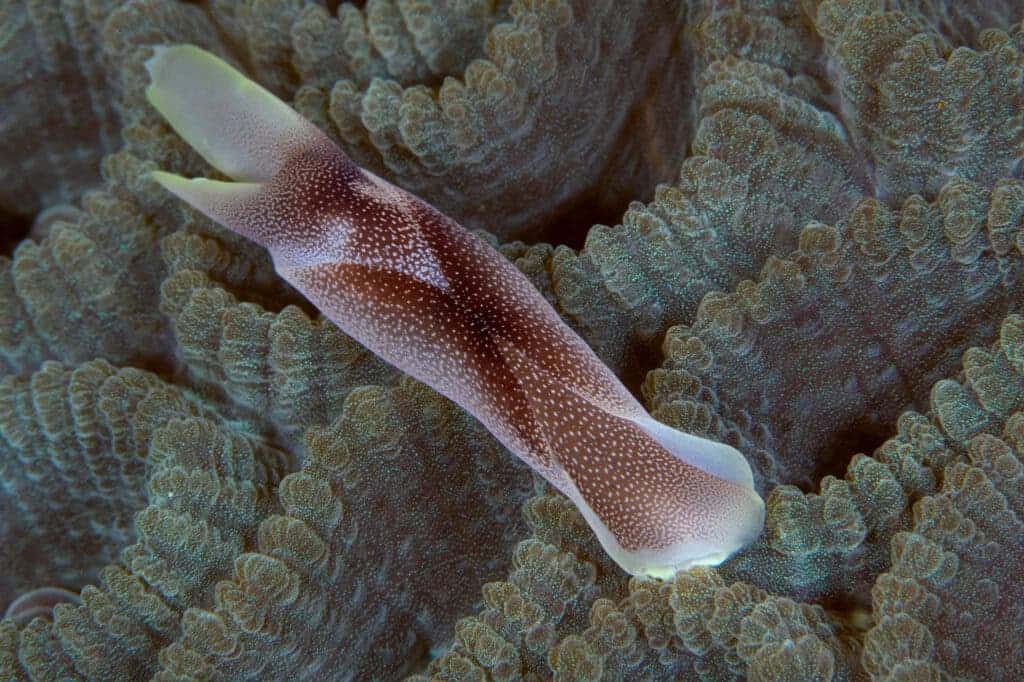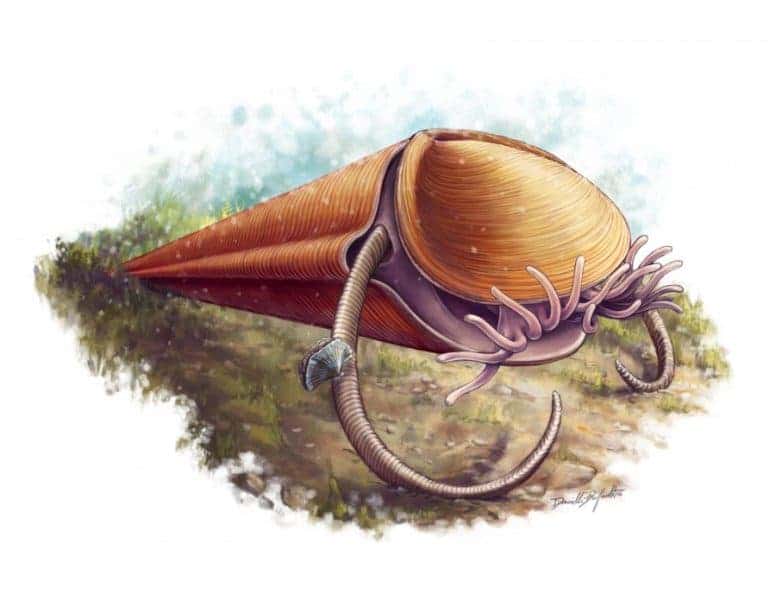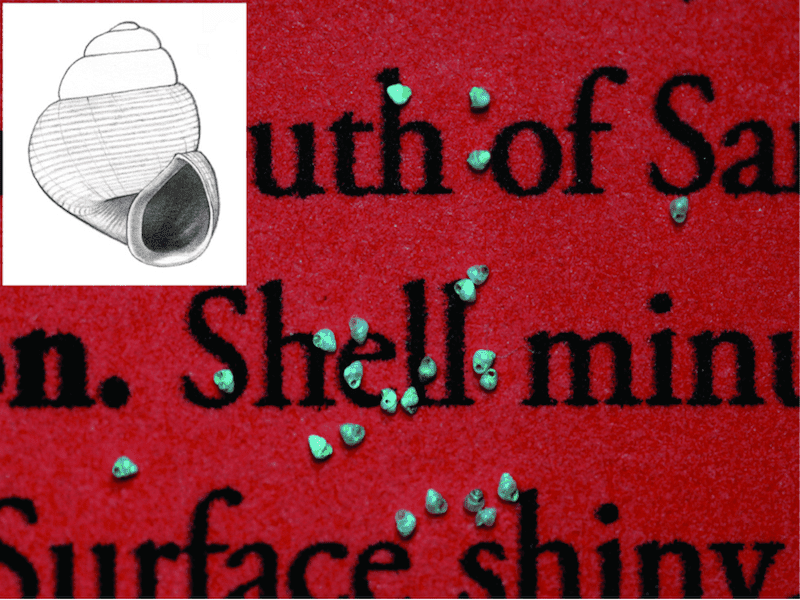There are hundreds of mollusk species living in the deep sea and about two-thirds of them could face extinction if the plans to mine the seabed continue as planned, a new study reports. The findings already triggered reactions, with 184 mollusk species living near hydrothermal vents added to the global list of threatened species.

The seabed is home not only to a wide array of living organisms but also to vast amounts of commercially valuable minerals such as copper, nickel, and manganese. These are found in specific structures such as polymetallic nodules lying on the seafloor. Of course, a lot of people want to get their hands on them.
Countries and companies are currently discussing mining these deep-sea environments and their resources, as demand for minerals grows and supply is becoming scarcer. From smartphones to electric vehicles, practically every tech device needs minerals for its manufacture, and some people are increasingly looking to the sea to find new sources of minerals.
But the problem is that deep-sea mining can be devastating to the environment.
Several studies have found deep-sea mining would have adverse and irreversible effects on biodiversity, but only a few conservation measures have been implemented to date. Still, mining hasn’t officially started yet, as countries have to agree on an international mining code – which falls under the International Seabed Authority.
A group of researchers from the UK, the US, Germany, and Canada wanted to further understand the impacts of deep-sea mining on hydrothermal vents. These occupy small areas (just 50 squared kilometers of the seafloor globally) but host a multitude of unique species due to their unique environment. Mollusks are the dominant group in vents, so likely the ones to be most affected.
“As important members of the vent community, they inhabit an array of niches including hosting endosymbiotic bacteria in specialized organs, forming dense aggregations that provide substrate for other species and exhibit unique ecological traits,” the researchers wrote in their paper, referring to the role of mollusks.
Mining vs mollusks
The researchers assessed 184 vent-endemic mollusk species from around the world and listed over 60% of them as threatened (vulnerable, endangered, or critically endangered) by deep-sea mining. A further 45 species (24%) were listed as near threatened, with only 13% of all species of mollusks classified under a low level of risk.
Among the nine biogeographical regions examined, vent-mollusks located in the Indian Ocean were considered to be under the greatest extinction risk – with all species there listed in threatened categories. This matches with the distribution of mining licenses across vent sites in the Central and Southwest Indian Ridges in the Indian Ocean.
The researchers called for “real conservation measures” to be implemented to mitigate the effects of deep-sea mining to vent species. One approach is the implementation of marine protected areas (MPAs). In fact, the reason why some mollusk species were classified as low risk is that they are at locations with MPAs.
However, MPAs don’t necessarily guarantee the protection of biodiversity, as the outcome depends on how the protected area is managed. Simply put, classifying an area as ‘protected’ and actually ensuring it is protected are two different things, and enforcing this protection at sea can be challenging. Another possibility, the researchers said, is implementing a moratorium on deep-sea mining to allow further research into the biodiversity, resilience, and connectivity of vent communities.
Ultimately, it’s crucial that society has a real discussion about what deep-sea mining actually entails and ensure that it doesn’t just happen while the world is busy with something else. As it so often happens, this involves a balancing act between exploiting natural resources and protecting the natural environment, and we’d be wise not to merely forego the latter.
The study was published in the journal Frontiers in Marine Science.






